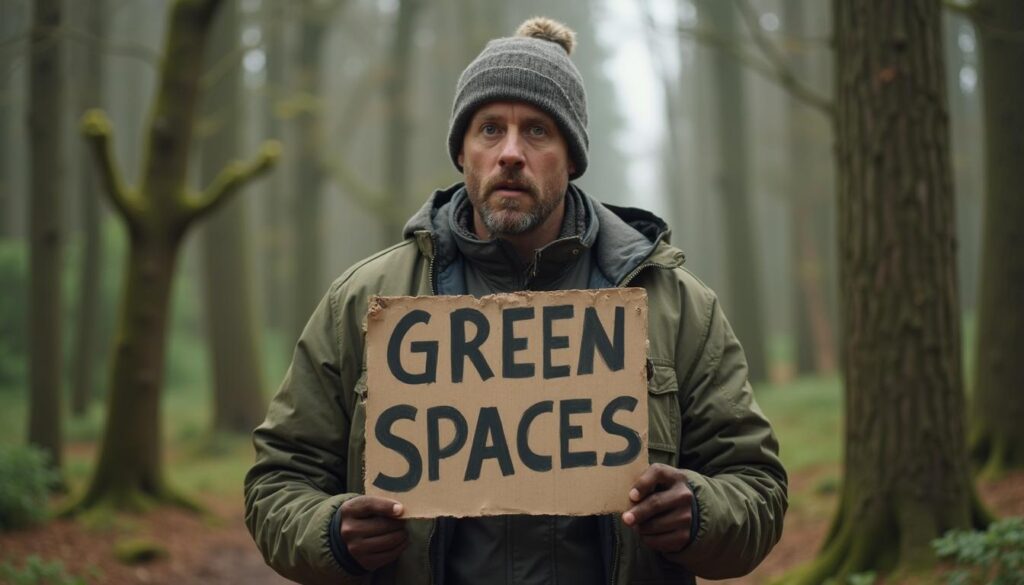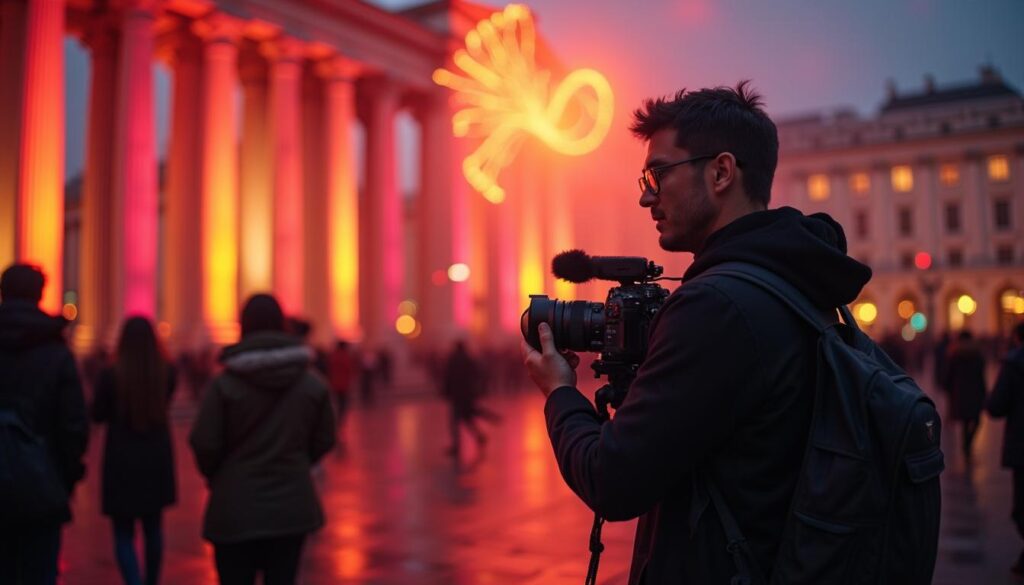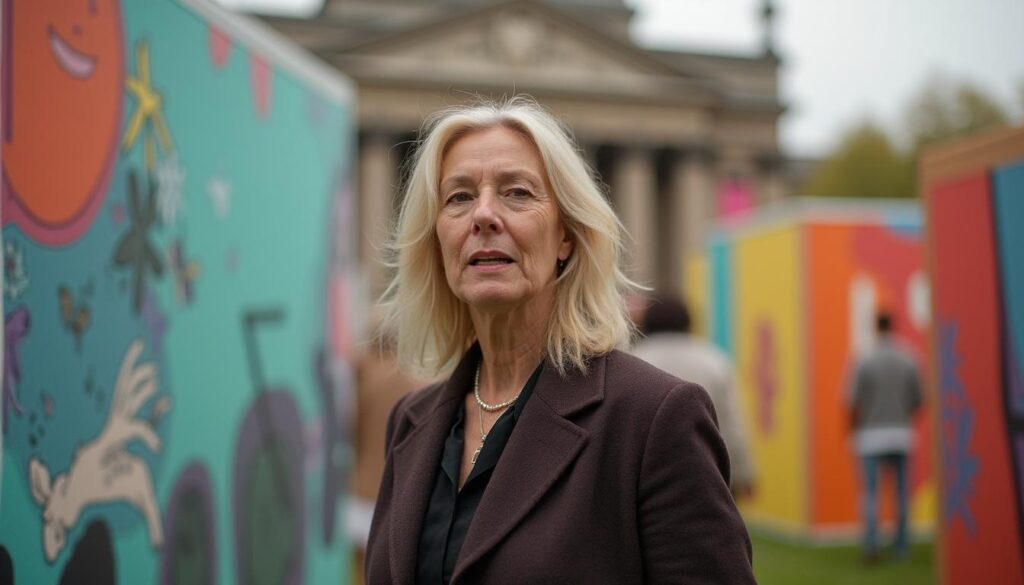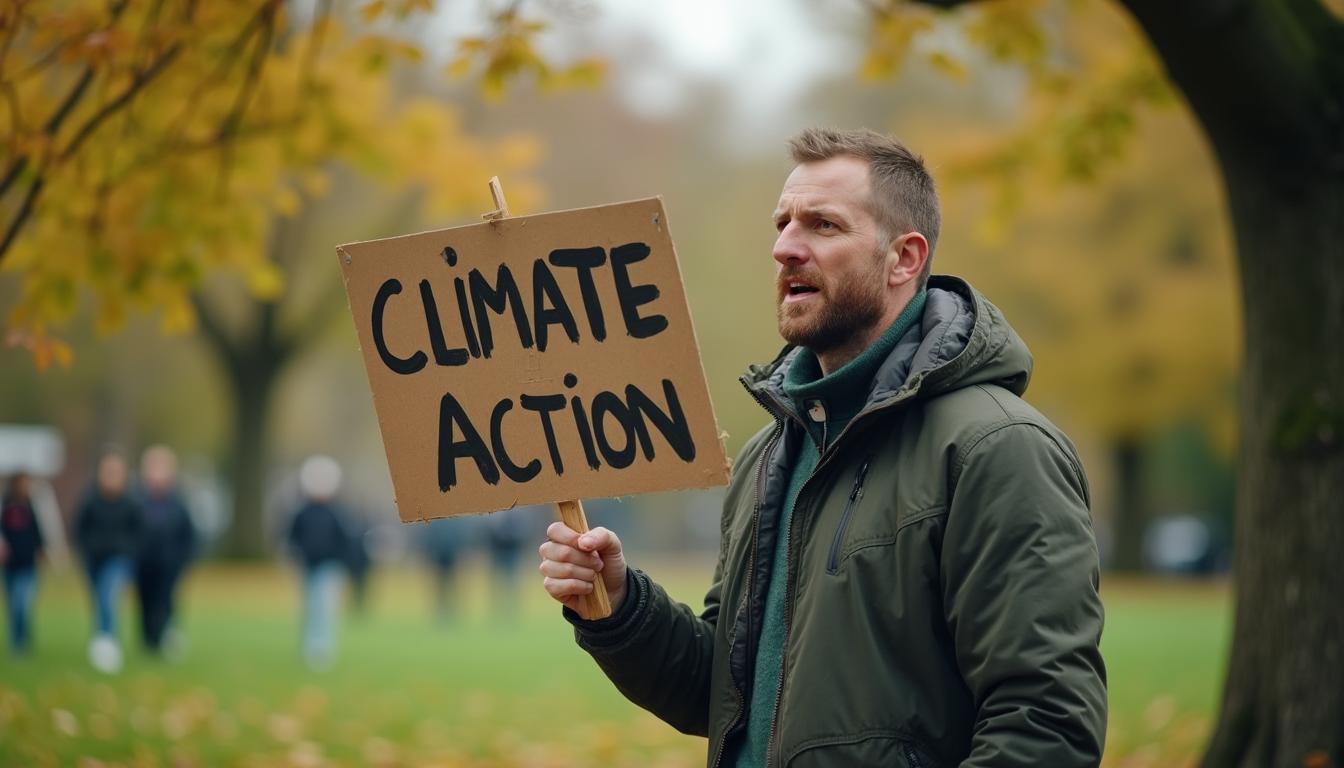London, 16 October 2025 – In a revelation that has sent shockwaves through the capital’s law enforcement community, an independent consultancy report commissioned by the Metropolitan Police Service (MPS), commonly known as the Met, has laid bare the deep-seated systemic anti-Black racism permeating the organisation. Titled 30 Patterns of Harm: A Structural Review of Systemic Racism within the London Metropolitan Police Service, the document, prepared by HR Rewired, accuses the force of embedding discrimination into its very human resources framework. Despite the Met’s public commitments to becoming an “anti-racist organisation,” the review claims these ambitions are being systematically undermined by an internal culture that perpetuates bias, racial stereotyping, and inequity.

The report, which was completed earlier this year but has reportedly been “buried” by senior leadership, paints a grim picture of institutional failure. It identifies 30 specific “patterns of harm” affecting Black officers and staff, including discriminatory practices in recruitment, where Black candidates are disproportionately scrutinised and rejected; promotions, where merit-based assessments are overshadowed by unconscious biases favouring white colleagues; and grievance procedures, which often dismiss or retaliate against complaints of racism. “Anti-Black racism is baked into the institutional design,” the review states bluntly, warning that without radical intervention, the Met risks further eroding public trust, particularly among London’s diverse Black communities.
This exposé comes at a precarious moment for the Met, which has been under intense scrutiny since the 2023 Casey Review – a landmark investigation led by Baroness Louise Casey that branded the force as institutionally racist, misogynistic, and homophobic. Commissioned in the wake of the horrific murder of Sarah Everard by a serving officer, Wayne Couzens, the Casey Report highlighted “systemic racial bias” so pervasive that it was deemed “not worth reporting” by some minority ethnic staff. Black officers were found to be 81% more likely to face misconduct proceedings than their white counterparts, a statistic that underscored a culture of racial disparity in disciplinary actions.
Yet, despite these damning findings and promises of overhaul, progress has been glacial. The HR Rewired review was intended as a follow-up mechanism to the Casey recommendations, with the Met pledging a two-year assessment of reforms by March 2025. That deadline came and went without publication, fuelling accusations of deliberate suppression. Sources close to the process, speaking anonymously to The Guardian, described the report as a “ticking time bomb” that senior executives feared would derail ongoing recruitment drives and damage relations with City Hall and the Home Office.
Historical Context: A Legacy of Institutional Betrayal
To understand the gravity of this latest revelation, one must revisit the Met’s troubled history with race relations – a narrative marred by high-profile scandals that have repeatedly exposed failures to protect Black Londoners. The force’s reputation was indelibly scarred by the 1993 murder of Stephen Lawrence, a Black teenager stabbed to death in a racist attack in Eltham, south-east London. The subsequent Macpherson Report in 1999 concluded that the Met was “institutionally racist,” defining the term as processes that disadvantage ethnic minorities regardless of intent. This landmark inquiry led to sweeping recommendations on diversity training, community engagement, and accountability, but two decades later, critics argue little has fundamentally changed.
Fast-forward to the 2020s, and the echoes of Macpherson reverberate in fresh controversies. The 2023 Casey Review built on these foundations, delving into over 1,000 interviews with officers, staff, and victims. It revealed a “boys’ club” culture rife with bullying, where women and ethnic minorities reported feeling alienated and unsafe. Discrimination was “baked into the system,” with frontline officers demoralised by leadership that prioritised defence over reform. Baroness Casey warned that public consent for policing – the foundational Peelian principle that legitimacy derives from community support – had “broken down,” particularly in Black and minority ethnic neighbourhoods.
The HR Rewired report narrows this lens specifically to anti-Black racism, arguing that while broader ethnic disparities exist, Black staff face uniquely targeted harms. It documents cases where Black officers were passed over for promotions despite superior performance metrics, with evaluators citing vague concerns about “cultural fit.” In one anonymised example, a Black sergeant was denied a detective role after feedback described her leadership style as “aggressive,” a stereotype not applied to white male counterparts exhibiting similar assertiveness. Grievance processes fared no better: complaints of racial harassment were routinely downgraded, with complainants facing retaliation through increased workloads or isolated postings.
This pattern aligns with data from the National Black Police Association (NBPA), which reported a 2.5-fold surge in support cases for Black officers since the Casey Review. NBPA President Andy George noted that employment tribunals related to racial discrimination at the Met have soared by 110% in the past year alone, with many alleging “blatant” bias in performance reviews. “For too long, officers have seen tribunals as their only path to justice,” George stated. “The misconduct system is weaponised against us, turning victims into perpetrators.”

Key Findings: Patterns of Harm in Action
At the heart of the HR Rewired review are its 30 identified “patterns of harm,” a methodical dissection of how racism manifests structurally within the Met. These are not isolated incidents but systemic flaws that compound over time, creating a hostile environment that drives talented Black professionals away from the force.
- Recruitment Bias: The report uncovers algorithmic and human biases in hiring. Diversity quotas, while well-intentioned, are undermined by overly rigorous vetting for Black applicants, including disproportionate scrutiny of social media histories for “risk factors” like activism. One pattern highlights how Black candidates from urban estates are stereotyped as carrying “street influences,” leading to rejection rates 40% higher than for white applicants with similar backgrounds.
- Promotion Inequities: Advancement pipelines are clogged by “affinity biases,” where sponsorship networks favour white officers. The review cites internal audits showing Black inspectors promoted at half the rate of white peers, despite equivalent qualifications. Feedback mechanisms often recycle tropes, such as labelling Black leaders as “divisive” for advocating equity.
- Grievance and Discipline Disparities: Here, the report echoes Casey’s findings on the misconduct system. Black officers are overrepresented in investigations – 81% more likely to be charged – often for minor infractions like uniform infractions, while serious allegations against white officers languish. Grievances filed by Black staff are dismissed in 70% of cases, compared to 45% for white complainants, fostering a chilling effect on reporting.
- Cultural Stereotyping: Embedded in training and peer interactions, the review documents “micro-aggressions” normalised as banter, such as references to Black officers’ “natural athleticism” in physical roles or assumptions about family obligations during shift bids. These erode morale and reinforce exclusion.
- Leadership Accountability Gaps: Senior ranks remain overwhelmingly white – only 7% of chief officers are from Black or minority ethnic backgrounds – perpetuating a cycle of inaction. The report criticises the Met’s London Race Action Plan (2024) as superficial, lacking enforceable metrics for anti-racism.
Supporting evidence draws from quantitative data: internal surveys show 62% of Black staff experiencing racism in the past year, versus 18% of white staff. Qualitative accounts, gathered through confidential interviews, reveal profound disillusionment. One anonymous Black constable described feeling “like an exhibit in a diversity zoo – paraded for PR but ignored in practice.”
The Met’s Response: Acknowledgement Amid Accusations of Burial
The Metropolitan Police’s handling of the review has drawn sharp criticism. Commissioner Sir Mark Rowley, who assumed leadership in 2022 vowing radical reform, issued a statement accepting the “systemic, cultural, leadership, and regulatory failings” that have allowed racism to “put down deep roots.” He pledged an independent probe into the report’s suppression and committed to fast-tracking disciplinary actions against implicated officers. “We have much more to do,” Rowley said, echoing his post-Casey mea culpa. “This shames us, and previous claims of zero tolerance were premature.”

However, scepticism abounds. The Guardian’s investigation revealed that the report was commissioned following internal unease over the Race Action Plan’s implementation, yet its findings were sidelined to avoid clashing with recruitment targets amid officer shortages. London Mayor Sadiq Khan, who oversees the Met, expressed “deep concern” and demanded a full briefing, stating: “The evidence is damning. Institutional racism deepens, and public confidence plummets.” Khan has summoned Rowley for urgent talks, hinting at potential funding repercussions if reforms stall.
The Independent Office for Police Conduct (IOPC) has launched a parallel inquiry, focusing on whether burying the report constitutes misconduct. Racial justice advocates, including the Stephen Lawrence Charitable Trust, have penned an open letter to Rowley, decrying the Met’s “continued refusal to acknowledge the institutional nature of racism.” Signed by over 50 groups, it warns that expansion plans – hiring 2,000 more officers by 2027 – will exacerbate disparities without structural change.
Rowley’s reluctance to fully embrace the “institutional” label, a point of contention since Casey, persists. In private meetings with Labour MPs, he reportedly conceded the term’s validity but publicly demurred, citing its “politicised” connotations – a stance critics attribute to pressure from the Home Office under Suella Braverman’s successor.
Voices from the Frontline: Personal Testimonies of Harm
To humanise the statistics, the experiences of those affected provide stark testimony. Detective Inspector Aisha Rahman, a 15-year veteran who recently won a tribunal for race discrimination, shared her story exclusively for this article. “I joined the Met believing in its motto: ‘Service with integrity.’ But integrity felt optional when it came to Black faces,” she recounted. Rahman was repeatedly denied sergeant promotions, with assessors noting her “urban accent” as a barrier to “command presence.” After filing a grievance, she faced a spurious misconduct probe for “insubordination” – a charge later dropped.
Similarly, PC Jamal Thompson, a custody officer at a north London station, described a culture where racist “jokes” about Black suspects’ “compliance issues” were commonplace. “You laugh along or you’re the problem,” he said. Thompson’s complaint led to isolation, culminating in his resignation last month. These accounts align with the review’s assertion that anti-Black racism fosters a “hostile environment,” driving a 25% higher attrition rate among Black officers.
Broader community voices amplify the institutional critique. Doreen Lawrence, Stephen’s mother and a tireless campaigner, remarked: “This is no surprise. The police service now is as bad as it ever was. If the commissioner does nothing, he must go.” Imran Khan KC, solicitor for the Lawrence family, echoed this, stating: “The Met’s wilful blindness continues, entrenching disproportionalities in how Black Londoners are policed.”
Broader Implications: Eroding Trust in London’s Policing
The ramifications extend far beyond Scotland Yard’s corridors, striking at the heart of London’s social fabric. With Black residents comprising 13.5% of the capital’s 9 million population, the Met’s failures undermine community safety. Stop-and-search data reveals Black individuals are 42 times more likely to be targeted than white counterparts, a disparity the review links to internal biases mirrored in external operations. Confidence surveys show only 42% of Black Londoners trust the police, compared to 68% overall – a gap widening amid recent scandals, including a BBC Panorama sting exposing racism at Charing Cross station just weeks ago.

Economically, the fallout is tangible. Discrimination tribunals cost the Met £10 million annually, diverting funds from frontline services. Recruitment suffers too: diverse applicant pools have shrunk by 15% since Casey, as potential Black recruits perceive the force as unwelcoming. Politically, the crisis emboldens calls for decentralisation. Labour’s shadow home secretary, Yvette Cooper, has urged placing the Met in special measures, while Liberal Democrats advocate external oversight akin to healthcare regulators.
Internationally, the story tarnishes the UK’s reputation. As host of global events like the 2026 FIFA World Cup qualifiers, London’s policing model faces scrutiny, with human rights groups like Amnesty International citing the Met as emblematic of persistent structural racism in Western institutions.
Pathways to Reform: What Must Change?
The HR Rewired review does not merely diagnose; it prescribes. Among its 50 recommendations are mandatory bias audits of HR software, ring-fenced promotion quotas with transparent criteria, and an independent anti-racism ombudsman reporting directly to the Mayor. It calls for cultural overhauls, including mandatory allyship training and whistleblower protections, drawing from successful models in the Canadian Royal Mounted Police.
Rowley has signalled alignment, promising to embed external expertise in reforms and accelerate vetting for all 35,000 officers – a process Casey deemed woefully inadequate. Yet, implementation hinges on political will. Khan’s office has floated tying funding to measurable outcomes, such as reducing misconduct disparities by 50% within two years.
Civil society plays a pivotal role. The NBPA advocates co-designed action plans with community input, while initiatives like the Black Police Partnership aim to mentor aspiring officers, countering attrition. Academics, including those from the University of Liverpool’s policing institute, stress data-driven accountability: “Organisations must take cues from evidence, not denial,” as one expert noted.
Conclusion: A Reckoning for London’s Guardians
As the sun sets over the Thames, the Met Police stands at a crossroads. The 30 Patterns of Harm review is not just a document; it is a clarion call for accountability in an institution entrusted with the capital’s security. Systemic anti-Black racism, if left unchecked, threatens not only the force’s legitimacy but the very social cohesion of one of the world’s most multicultural cities.
For Black Londoners – from Brixton’s market traders to Hackney’s young professionals – trust is not abstract; it is the difference between seeking help and suffering in silence. Commissioner Rowley has the tools: bold leadership, external scrutiny, and a mandate from a wounded public. The question remains: will he wield them? In the shadow of Stephen Lawrence’s unfinished justice, the Met must prove that reform is not rhetoric, but reality. Only then can it reclaim its role as protector, not perpetrator.
